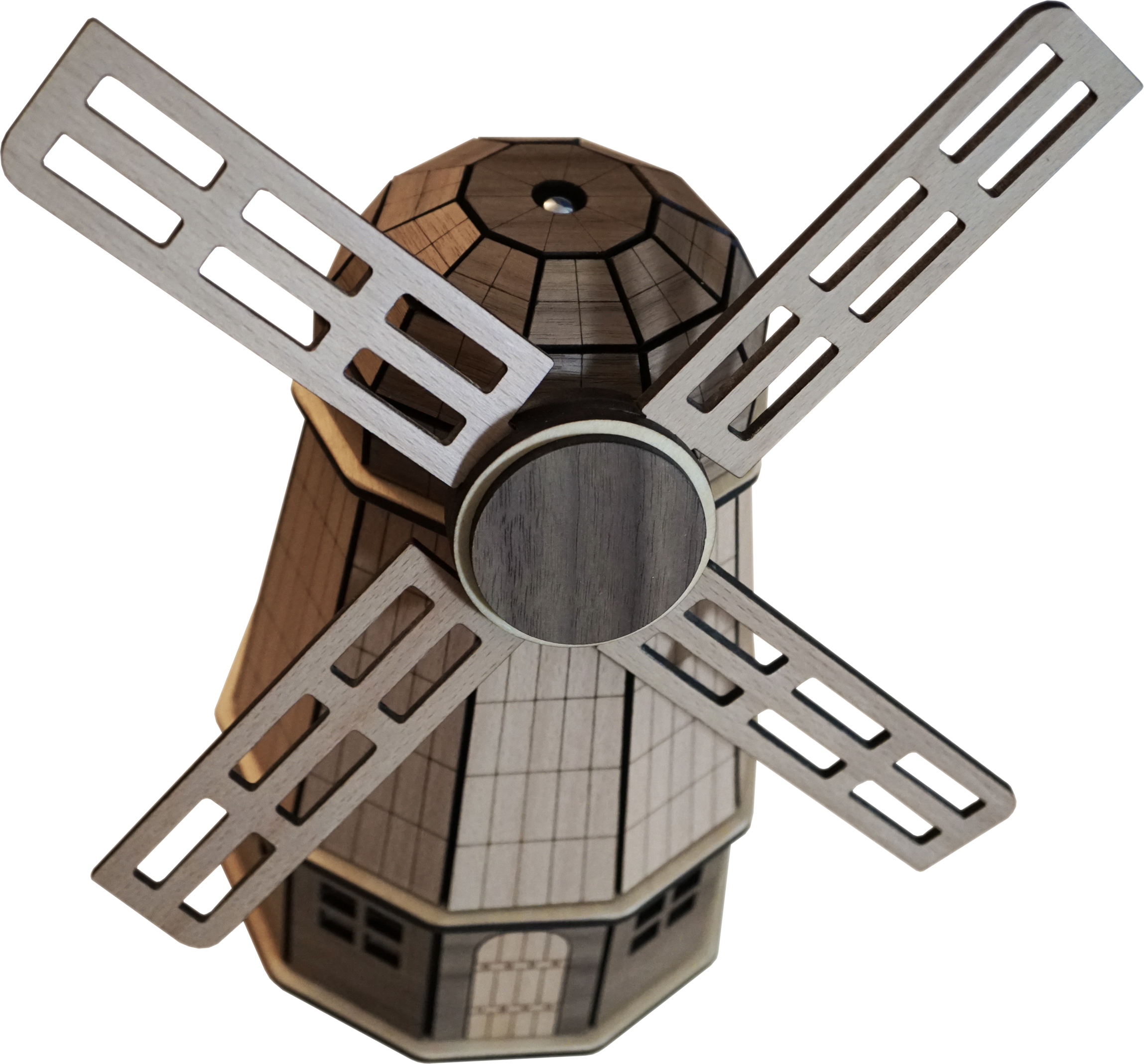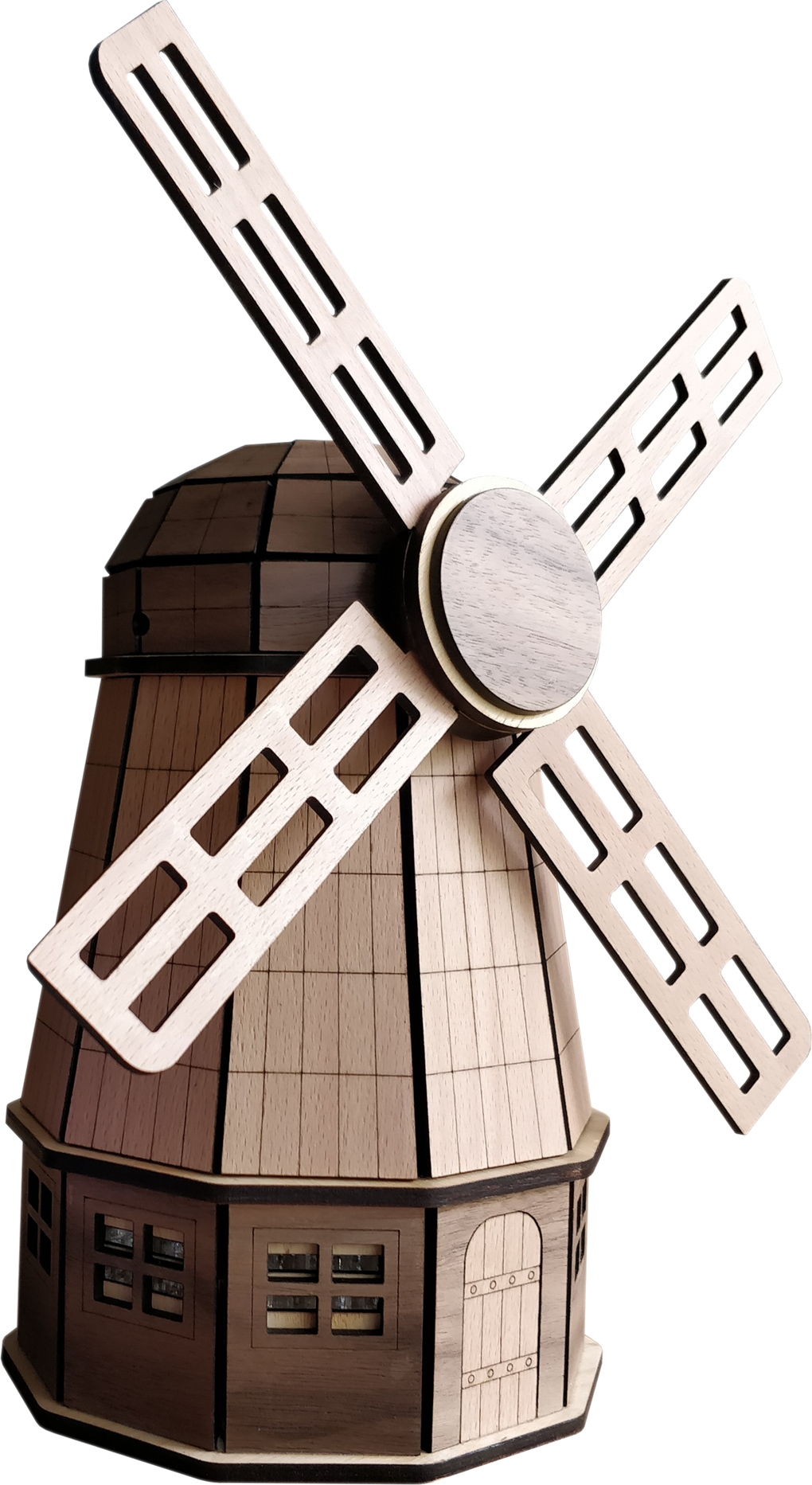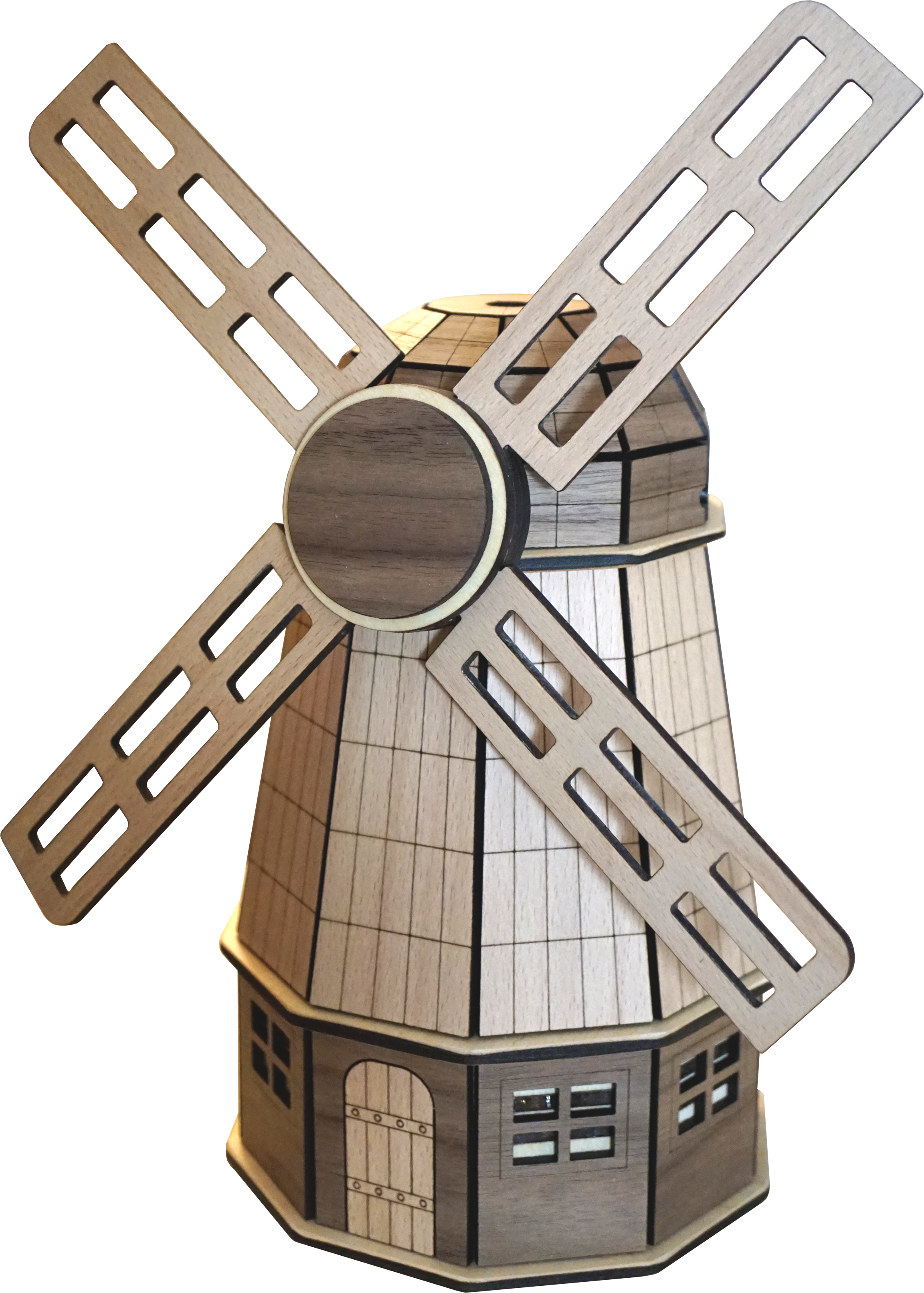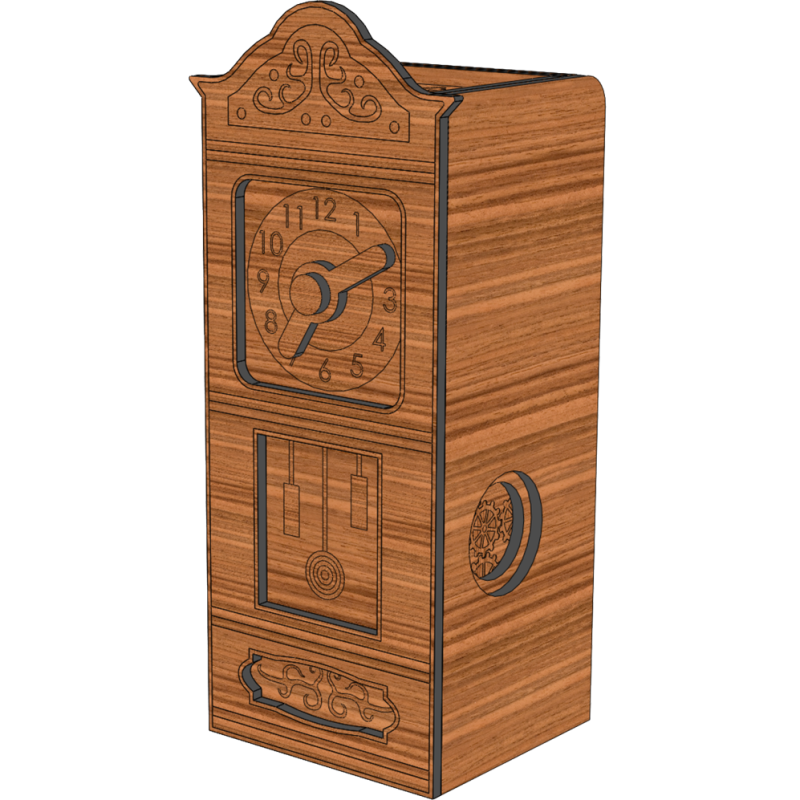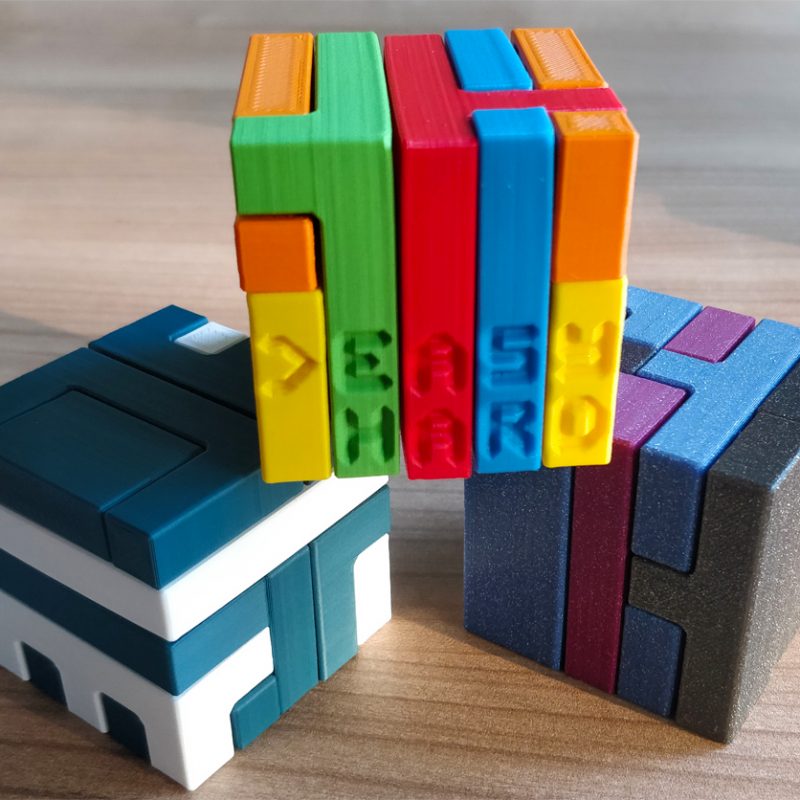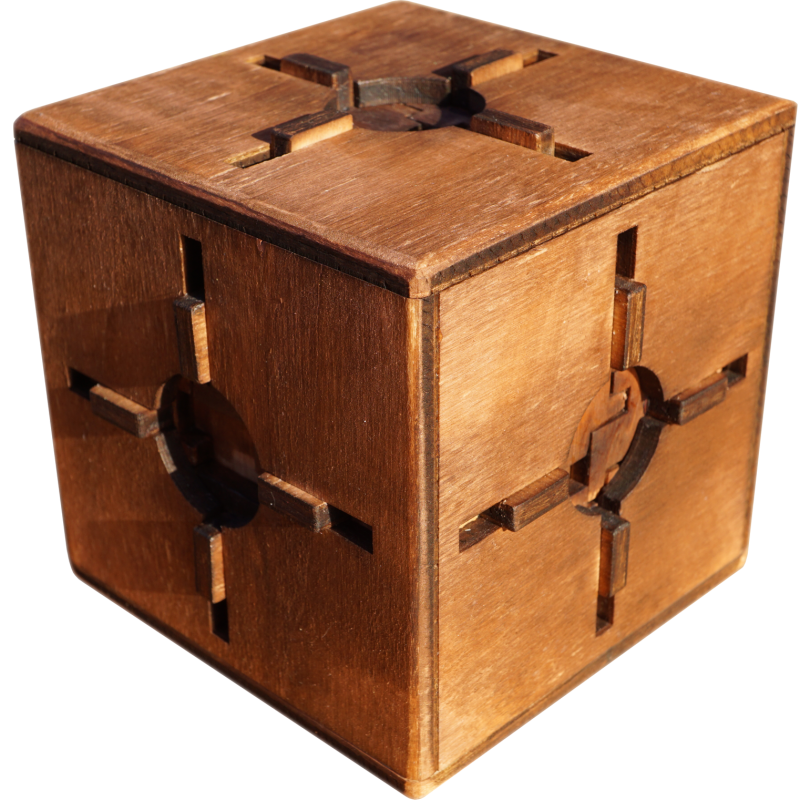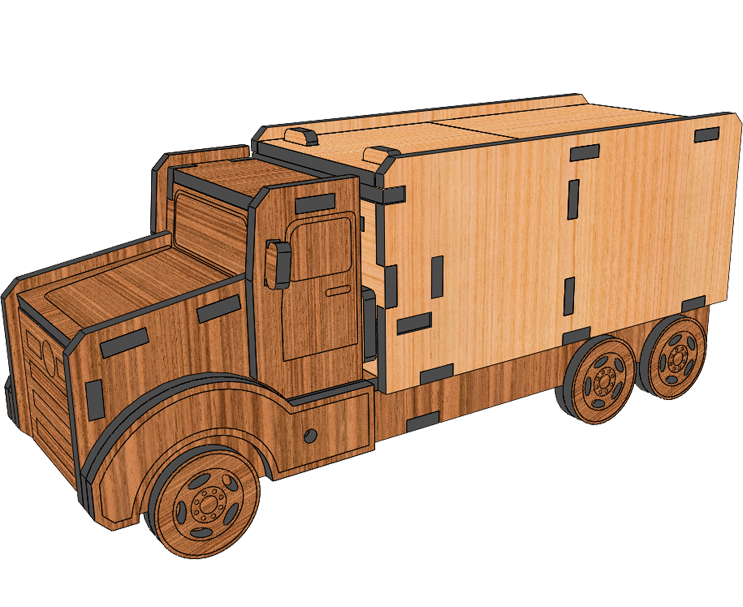Description
When I design a new big puzzle box most of the time I think it’s my best one yet. When you’re working for weeks on a project you automatically get really fond of it. But this box feels different. I’ve had it on my desk for over a week now and I can’t put it down. I open and close it multiple times a day. This truly is the best box I’ve made until now.
There are multiple reasons why I like this one so much. The first reason being that it’s a sequential discovery puzzle. Some time ago I made the small cabin which was also a sequential discovery box. Before then I had limited experience with making these kinds of boxes. I got lots of positive feedback on the sequential discovery part. When opening the small cabin it felt really satisfying to end up with a table full of parts. I took all the things I liked about the small cabin and put them in the Windmill.
The second reason I like this box is the look. I’ve designed over 100 puzzle boxes in the last 15 years of my life starting at age 10. Almost all of these boxes have a simple cube shape. I only recently got my own laser cutter which allowed me to make prototypes very easily. This makes it easier to make more complex boxes and mechanisms. Playing with new forms allows for a lot more creativity. I also get a lot of positive feedback on these new boxes which really motivates me to make more of these unusual designs.
The last reason I like this box is because it was a real challenge to design it. There are lots of small details which took multiple approaches before they finally worked well. It is very easy to design a difficult way to make a lock work. It is a lot more difficult to make a simplistic design while regaining the functionality. As a puzzle box designer you don’t get to experience how to solve the box because you already know how the mechanism works. The real challenge for a designer lies in creating a simple to make yet effective mechanism. This box had me pulling at my own hair while redesigning parts over and over again. It was the first box I designed that truly made me thankful for all the complex math I learned in high school. The amount of trigonometry that was needed to design the upper part of this puzzle box was staggering. I really liked the challenge, but I’m glad it’s over.
This box is 203 mm high if you don’t count the blades. With the blades it’s 293 mm high. The base of the box is 130 mm. The box weighs around 860 gram and it has 227 parts (if I counted them correctly). The box uses Birch wood for the main structure and the outside of the is Beech and Walnut veneer. The box also uses two different kinds of magnets.

